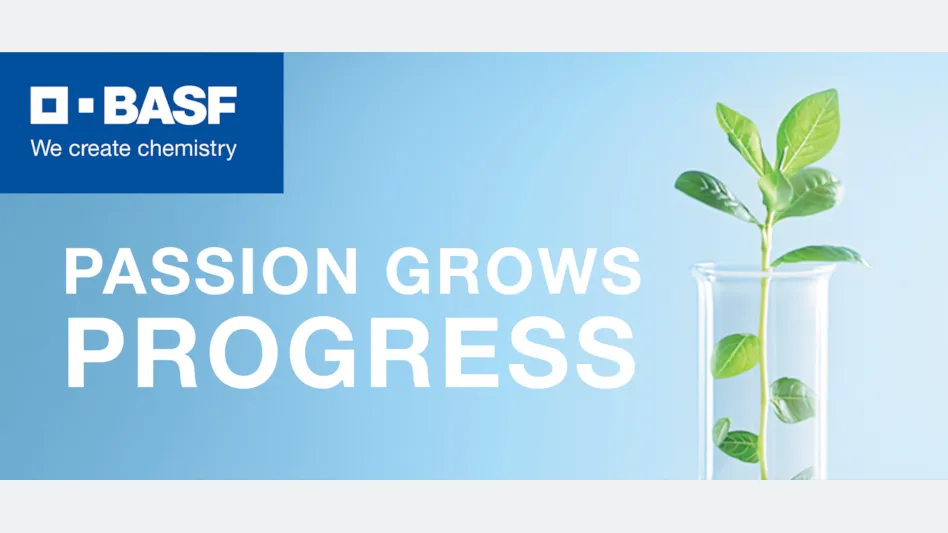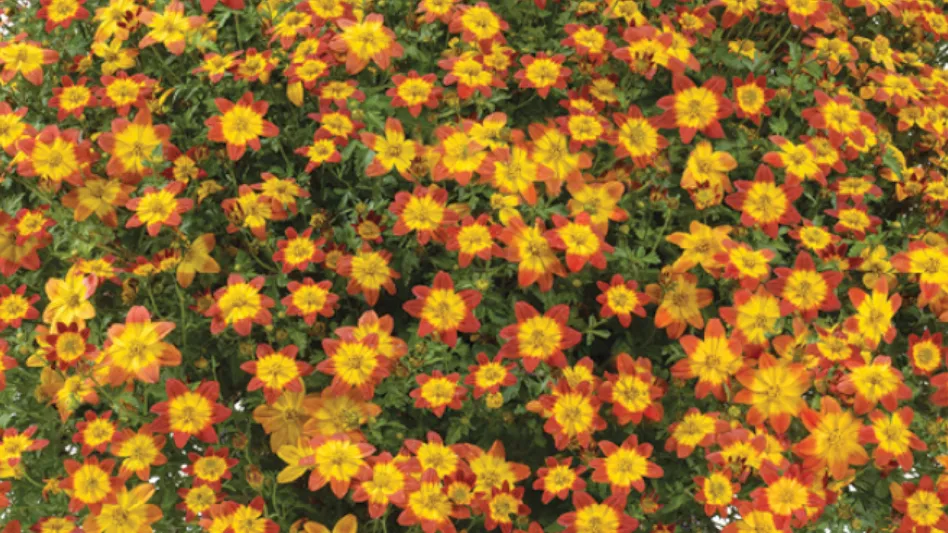

Editor’s note: This is the second article in a two-part series. Read part one here: bit.ly/LAMP-Part-1
In this second half of our two-part article, we will focus on far-red (FR) lighting applications in a greenhouse environment and potential interactions with temperature.
With the high cost of supplemental lighting for greenhouse production, we investigated whether end-of-day far-red (EOD-FR) lighting can elicit an increase in leaf area early during annual bedding plant plug production to improve light capture and more efficiently utilize electric lighting. Two experiments were conducted in the greenhouse and growth chamber facilities at the Colorado State University Horticulture Center in Fort Collins, Colorado.
Our work with petunia has led us to explore similar lighting applications for indoor lettuce production. We are currently investigating the influence of temperature on responses to far-red light for lettuce (Lactuca sativa) in a similar study with modified temperature and R:FR setpoints (Fig. 1).
Experiment 1. End-of-day far-red light promotes stem elongation but not leaf expansion for petunia seedlings grown under a low daily light integral
Experimental design. Our first experiment investigated whether EOD-FR lighting varying in duration, R:FR, and FR photon flux density (FR-PFD) would promote early leaf expansion for petunia (Petunia × hybrida) ‘Dreams Midnight’ and ‘Wave Purple’ seedlings in a greenhouse environment.
We grew seedlings under a simulated winter daily light integral (DLI; 5.26 mol·m-2·d-1) in a common greenhouse environment and applied one of four EOD-FR treatments varying in duration (30-240 min), R:FR (0.8-0.15), and FR-PFD (10-20 µmols·m-2·s-1) at the end of a 10-h photoperiod. Seedlings were grown in 128-cell plug trays and data was collected three weeks after germination.
Experiment results. End-of-day far-red treatments did not promote leaf expansion. However, an increase in stem length was promoted by EOD-FR, with greater elongation occurring under treatments with a lower R:FR (0.15) and greater treatment duration (240 min) compared to Control plants (no EOD-FR).
Generally, EOD-FR-treated seedlings were otherwise similar to the Control. Responses to EOD lighting may be dependent on production DLI, photoperiod duration and ambient temperature; thus, we conducted a separate experiment to investigate possible interactions.
Experiment 2. A low R:FR throughout but not at end-of-day promotes stem elongation and leaf expansion for petunia seedlings under a sufficient daily light integral
Experimental design. Our second experiment investigated the impact of a low R:FR applied throughout the photoperiod or as an EOD-FR application at a sufficient DLI for bedding plant plugs (10.1 mol·m-2·d-1). This experiment was conducted in two reach-in growth chambers with an ambient temperature of 21° C, and we grew seedlings under a high (11; Control) or low (0.5; SH21) R:FR with a 17-h photoperiod. Seedlings receiving the EOD-FR application were grown under a high R:FR during the day and received a 1-hour EOD treatment with a very low R:FR (0.15; EOD21).
End-of-day far-red applications have also been found to interact with well-known plant responses to the difference in day (DT) and night temperature (NT), commonly referred to as DIF. Specifically, EOD-FR may enhance plant responses to +DIF (DT > NT) and partially counteract responses to -DIF (DT < NT). Additionally, morphological responses to a low R:FR have been shown to differ based on the ambient temperature under which the crop is produced. Thus, we also evaluated whether an EOD-FR application under a cooler temperature setpoint with a +DIF (EOD+DIF; DT/NT = 21/16° C ) might impact stem elongation and leaf expansion responses. Seedlings were grown in 128-cell plug trays and data was collected four weeks after germination.
Research results. In an attempt to best characterize responses to EOD-FR under a low NT and +DIF, we selected a low temperature for petunia (16° C ) which unfortunately stunted growth. Thus, for seedlings under EOD+DIF, reduced leaf area and dry mass were observed compared to EOD21. Seedlings grown under SH21 showed significantly greater leaf area compared to control plants, specifically due to an increase in individual leaf size.
However, this increased leaf expansion was accompanied by increased stem length, thinner leaves, and lower stem dry mass per unit length resulting in reduced seedling quality.
In contrast, seedlings grown under EOD21 were similar in quality to control seedlings after four weeks, suggesting a 1-hour EOD-FR treatment does not promote leaf area responses for ‘Dreams Midnight’ under a sufficient DLI and longer photoperiod (compared to our initial study).
Recommendations for greenhouse end-of-day (EOD) lighting applications
Responses to EOD lighting appear to be dependent on photoperiod duration and/or DLI. Providing EOD lighting with a low R:FR to petunia seedlings grown under a low DLI will likely result in stretched, low quality plugs. Stem length was greatest under EOD-FR treatments with a lower R:FR and longer duration.
While responses to R:FR may be temperature-dependent, low temperatures (16° C ) stunted petunia seedling growth and limited responsiveness to lighting treatments. )

Explore the September 2023 Issue
Check out more from this issue and find you next story to read.
Latest from Produce Grower
- DENSO and Certhon introduce Artemy, a fully automated cherry truss tomato harvesting robot
- Landmark Plastic celebrates 40 years
- CropLife applauds introduction of Miscellaneous Tariff Bill
- UF/IFAS researchers work to make beer hops a Florida crop
- Nature's Miracle announces initial shipments of "MiracleTainer" series container farm
- Local Bounti opens new high-tech controlled environment agriculture facility in Pasco, Washington
- NatureSweet responds after ruling by U.S. Court of International Trade that invalidates tax on tomato imports from Mexico
- Former Danone executive becomes chief operating officer at NatureSweet





